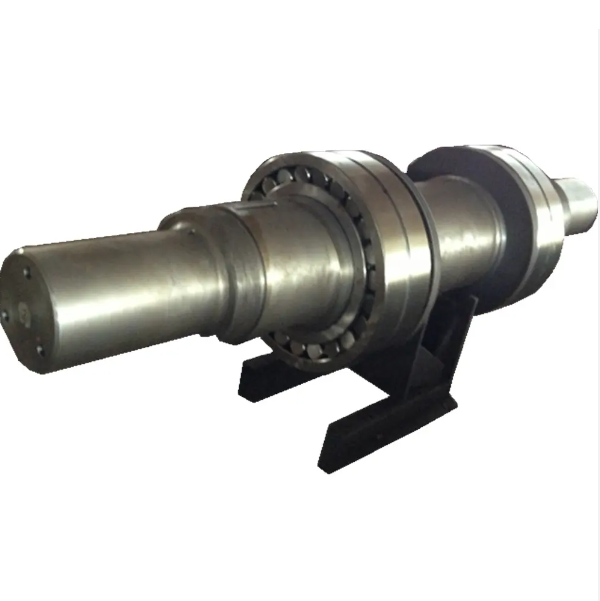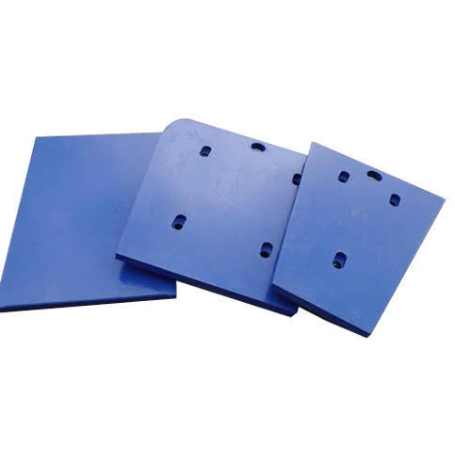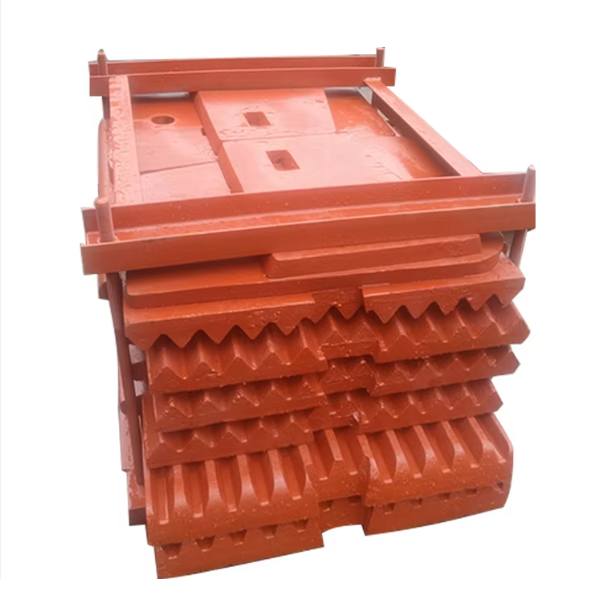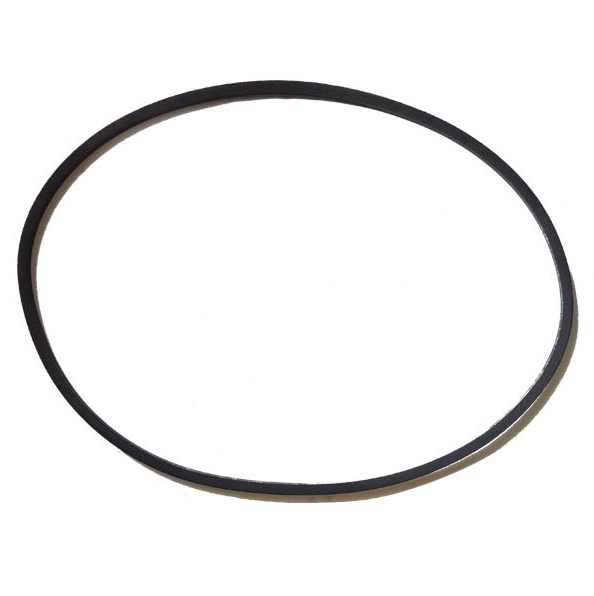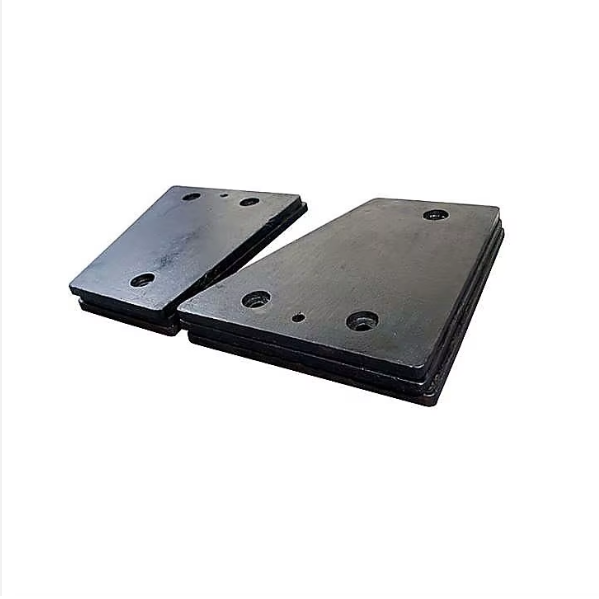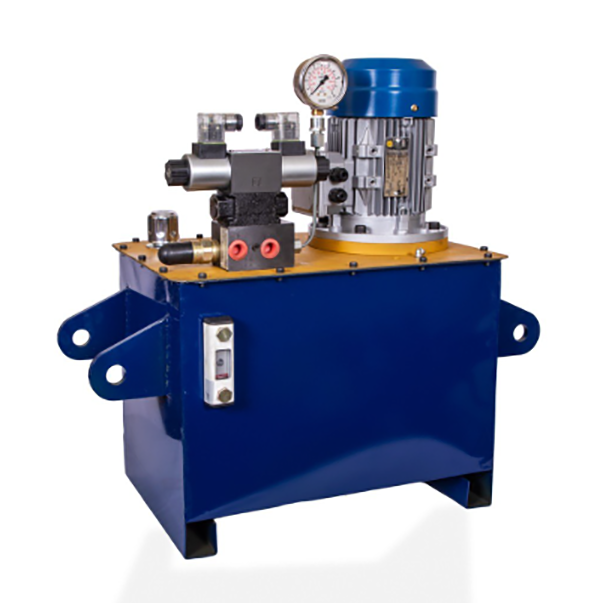jaw crusher Hydraulic System
The hydraulic system in jaw crushers, critical for adjusting discharge gaps and overload protection, comprises power sources (hydraulic pumps, motors), actuators (adjustment/safety cylinders), control components (valves, pressure transducers), auxiliaries (pipes, filters), and L-HM 46# hydraulic oil, operating at 16–25 MPa.
Core cylinder manufacturing involves precision boring (Ra≤0.8 μm), chrome-plated piston rods (50–55 HRC), and assembly with strict sealing. Quality control includes pressure testing (1.5× working pressure), oil cleanliness (≤NAS 7), and performance checks (overload relief in 0.5s).
With MTBF ≥3000 hours under proper maintenance (oil replacement every 2000 hours), it ensures efficient, safe crusher operation via rapid response and stable pressure control.
More





